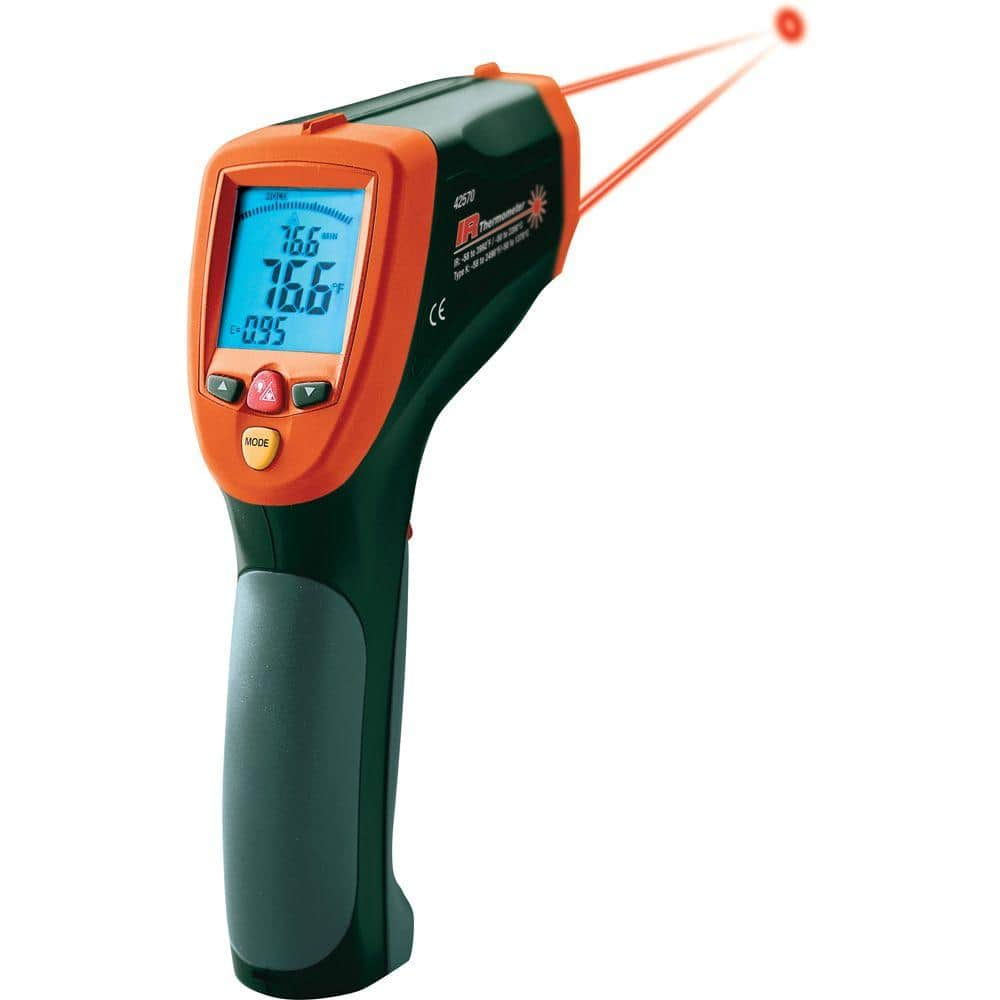I only cast two of these before I decided to shut the pot down and unplug it.
The lead I have is in a large ingots and there's no way they will fit into my little pot. To start with I had a fourth of an Ingot which I chiseled partly in half with a cold chisel and then broke in the vice so pieces would fit.
This is enough lead to season the pot but not enough to fill it or do a huge quantity of bullets. I probably could have cast a couple dozen at most.
I will need to cut some potable chunks before I can cast any decent quantity of bullets. The next time I fire it up I will try to make a hundred bullets in one melt.
The lead I have is in a large ingots and there's no way they will fit into my little pot. To start with I had a fourth of an Ingot which I chiseled partly in half with a cold chisel and then broke in the vice so pieces would fit.
This is enough lead to season the pot but not enough to fill it or do a huge quantity of bullets. I probably could have cast a couple dozen at most.
I will need to cut some potable chunks before I can cast any decent quantity of bullets. The next time I fire it up I will try to make a hundred bullets in one melt.







